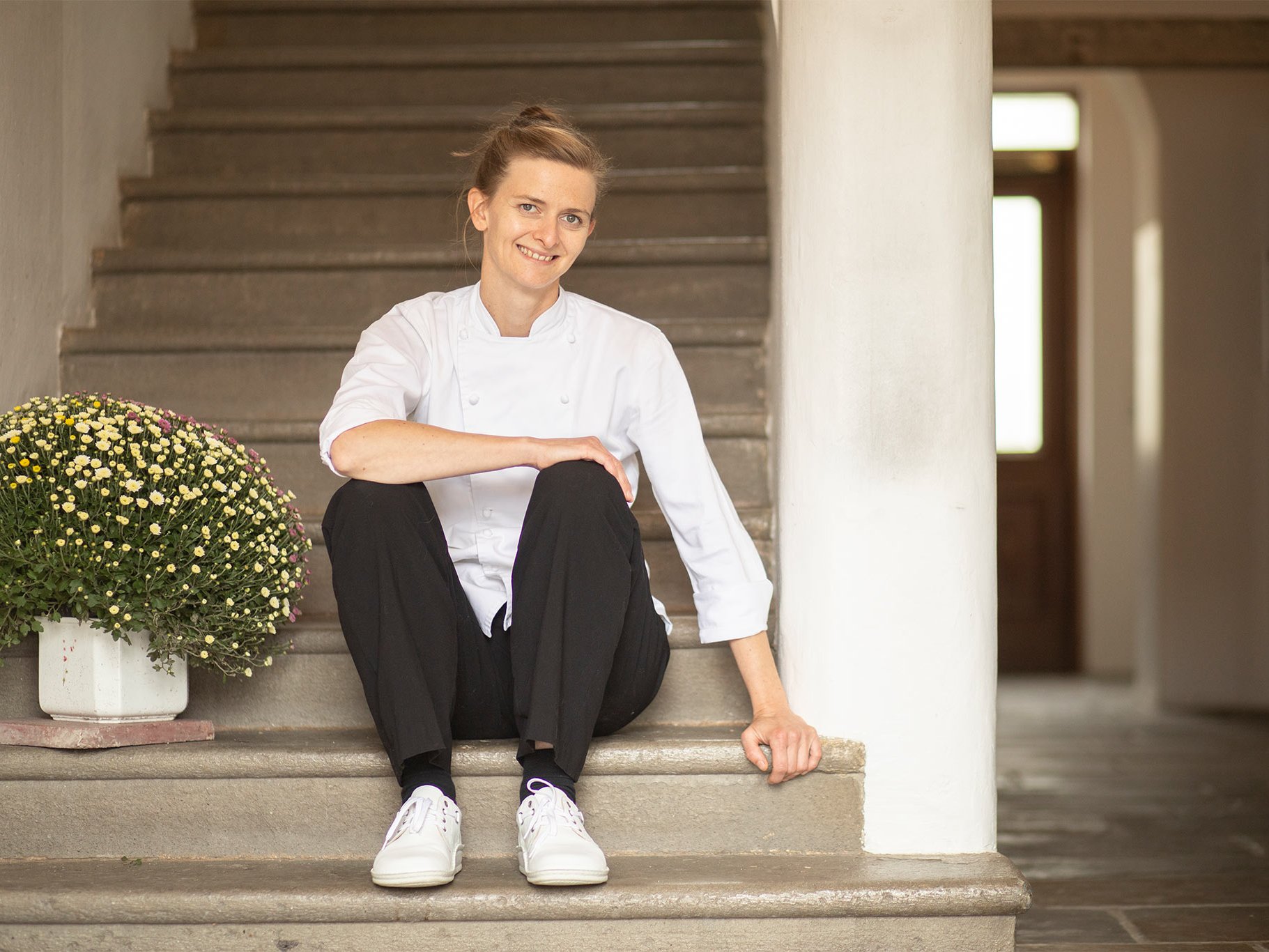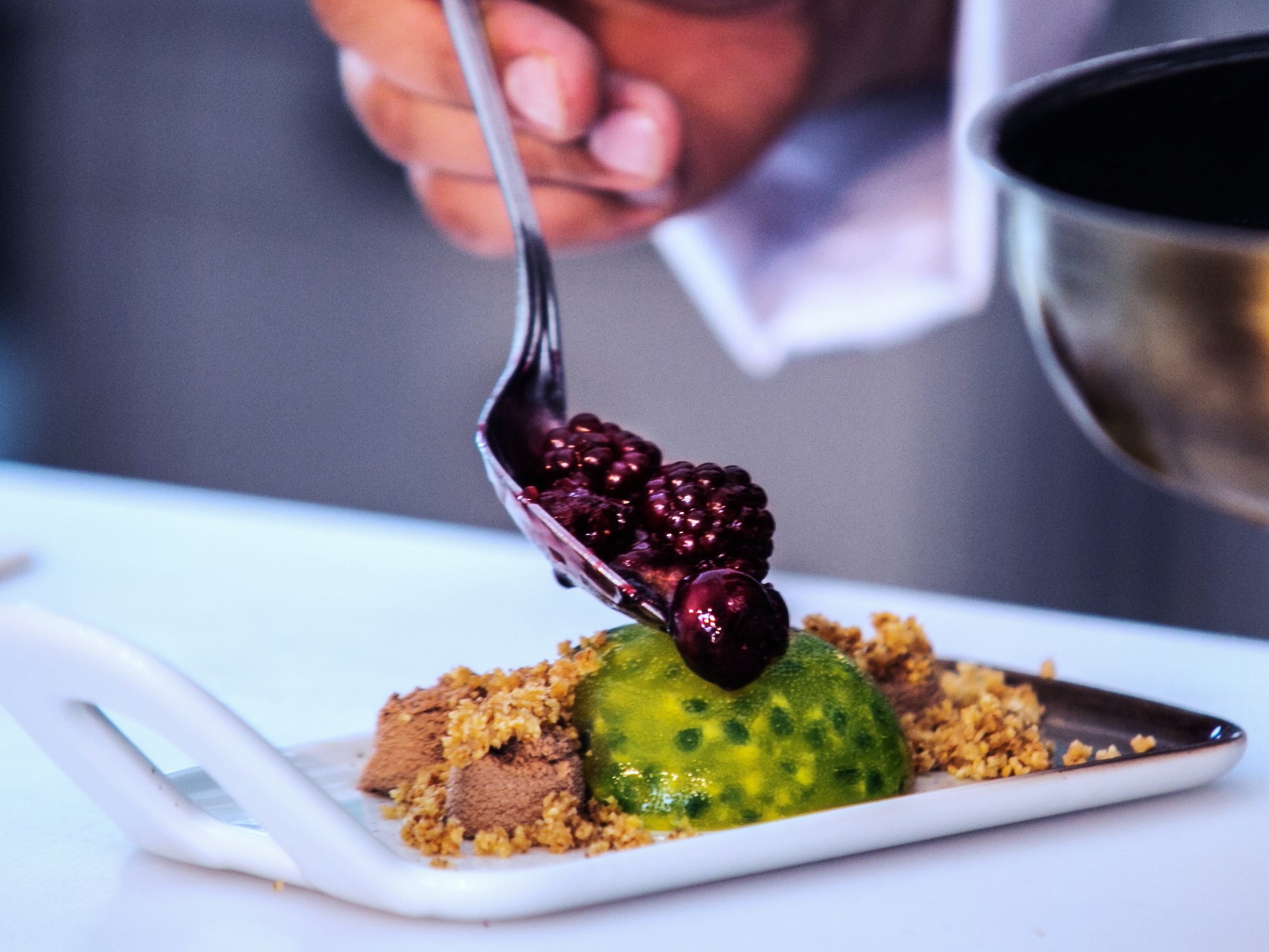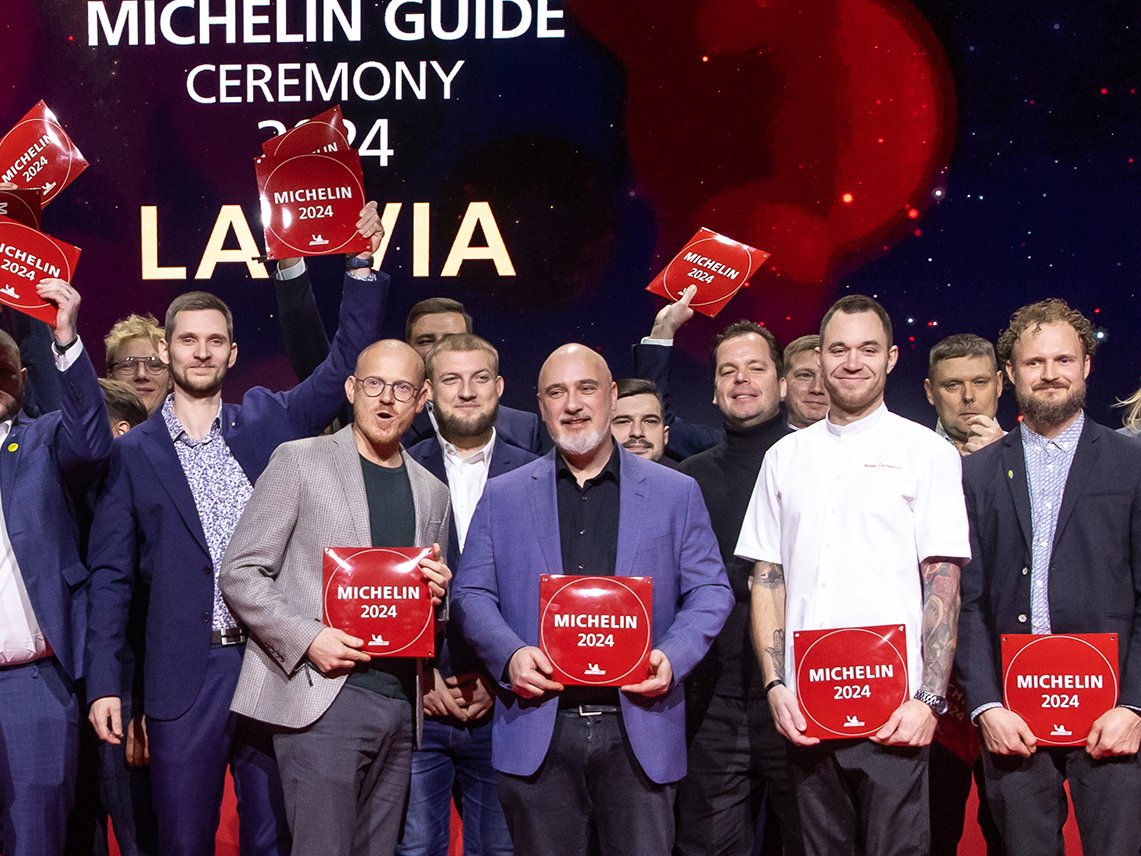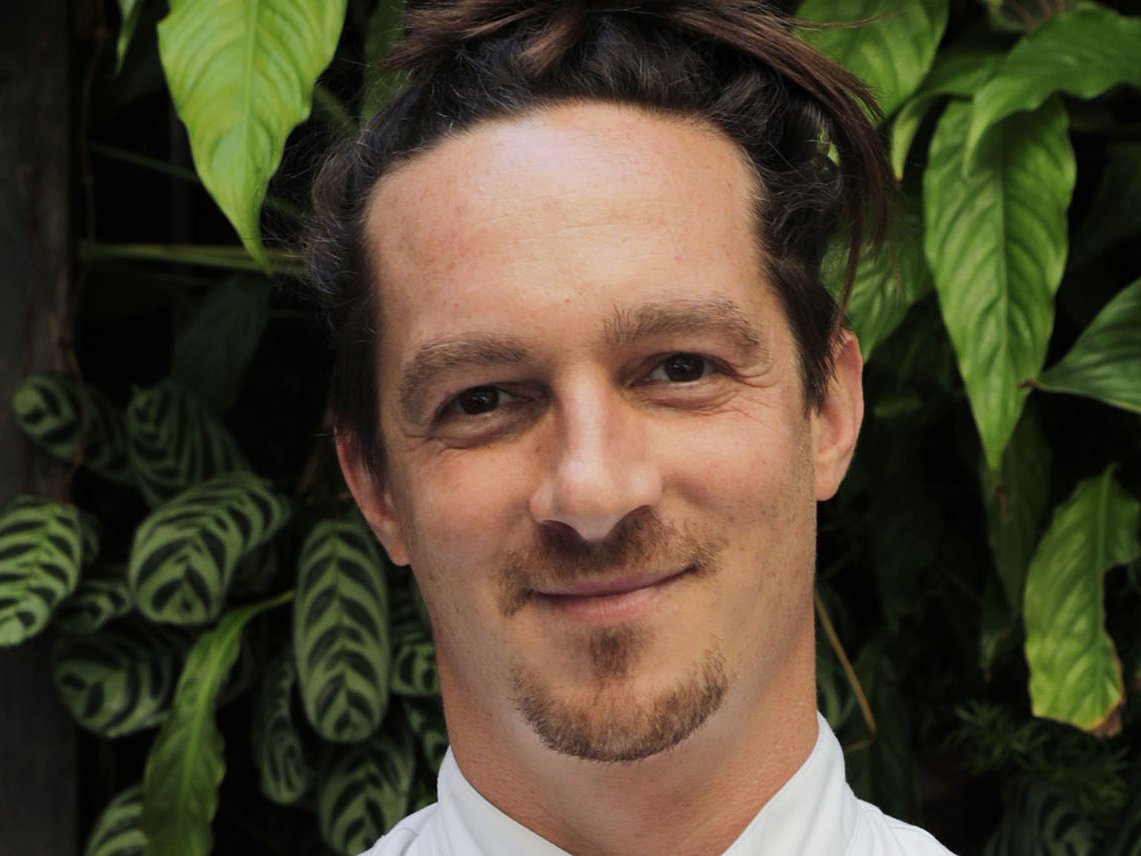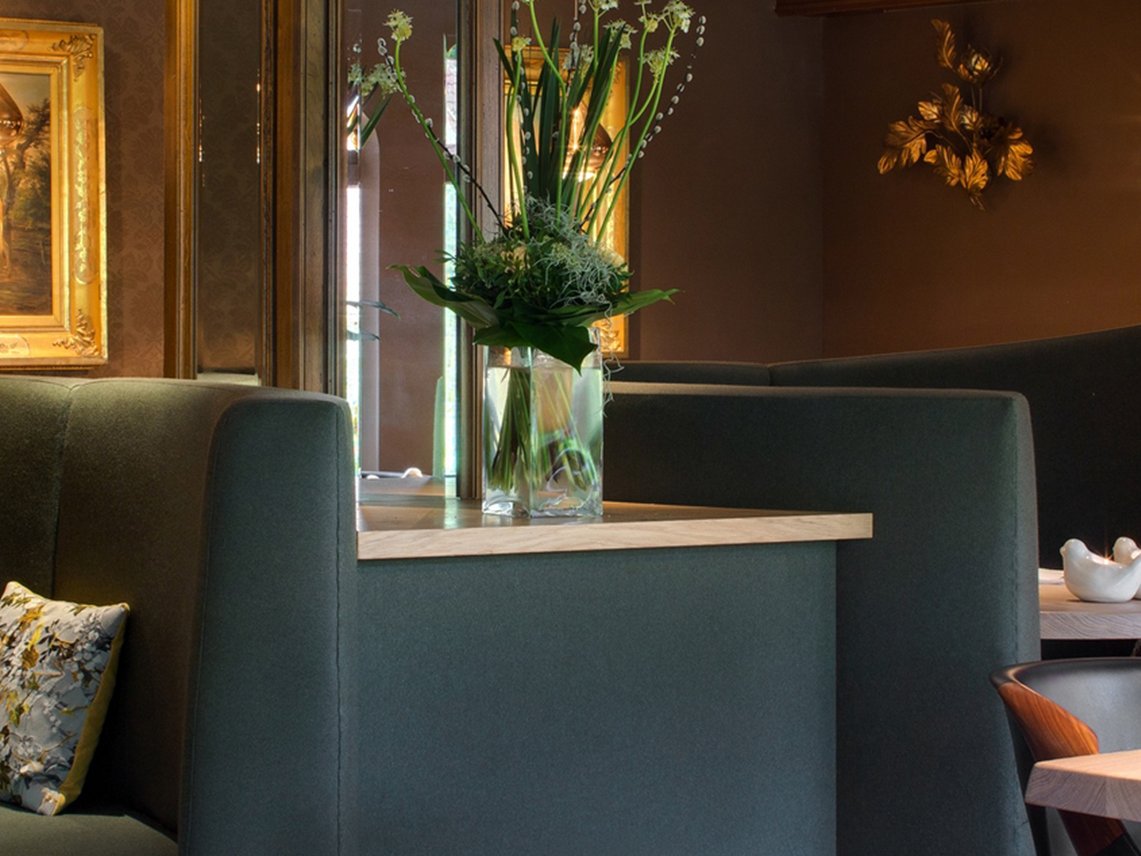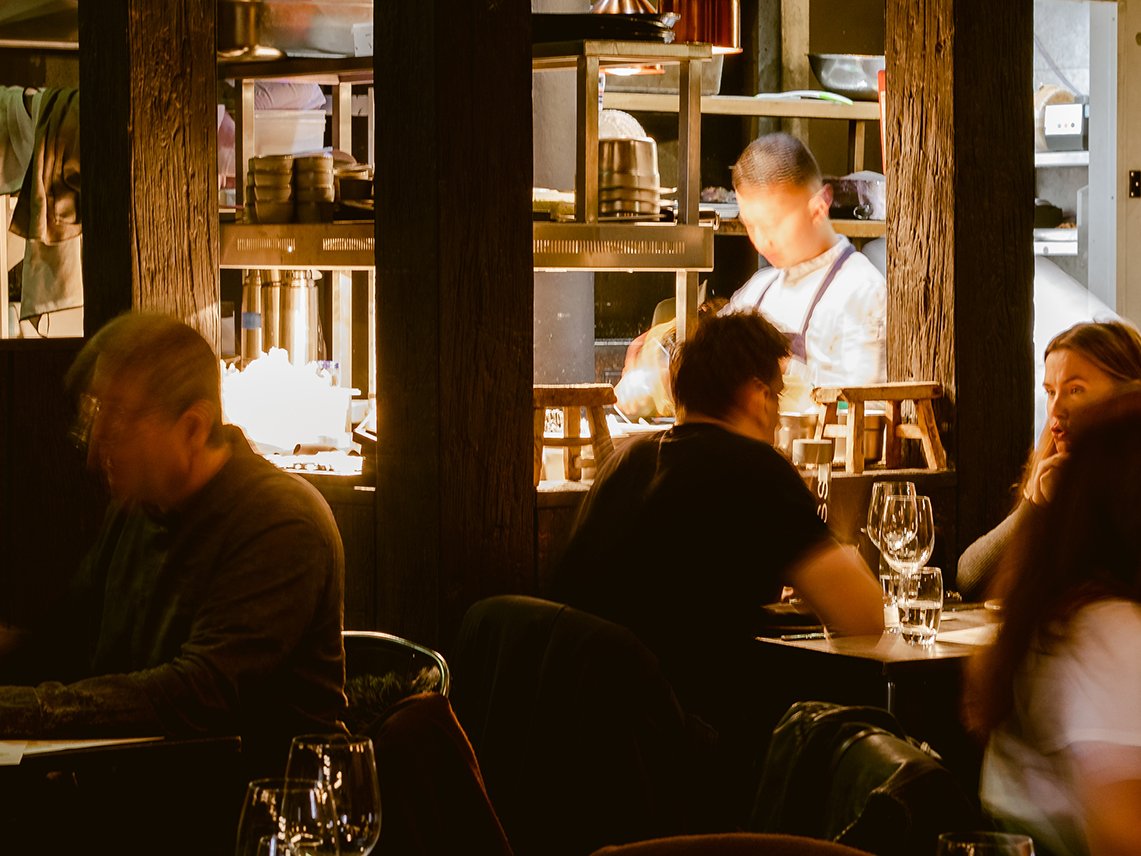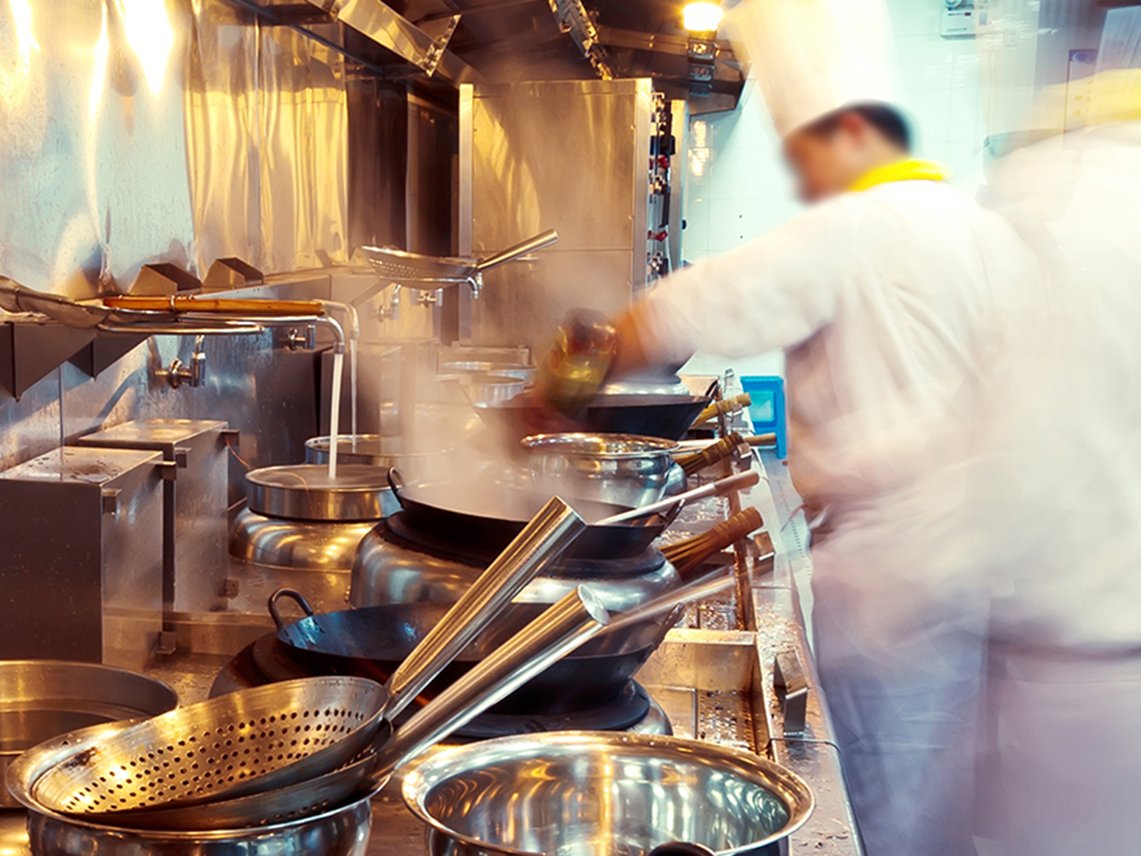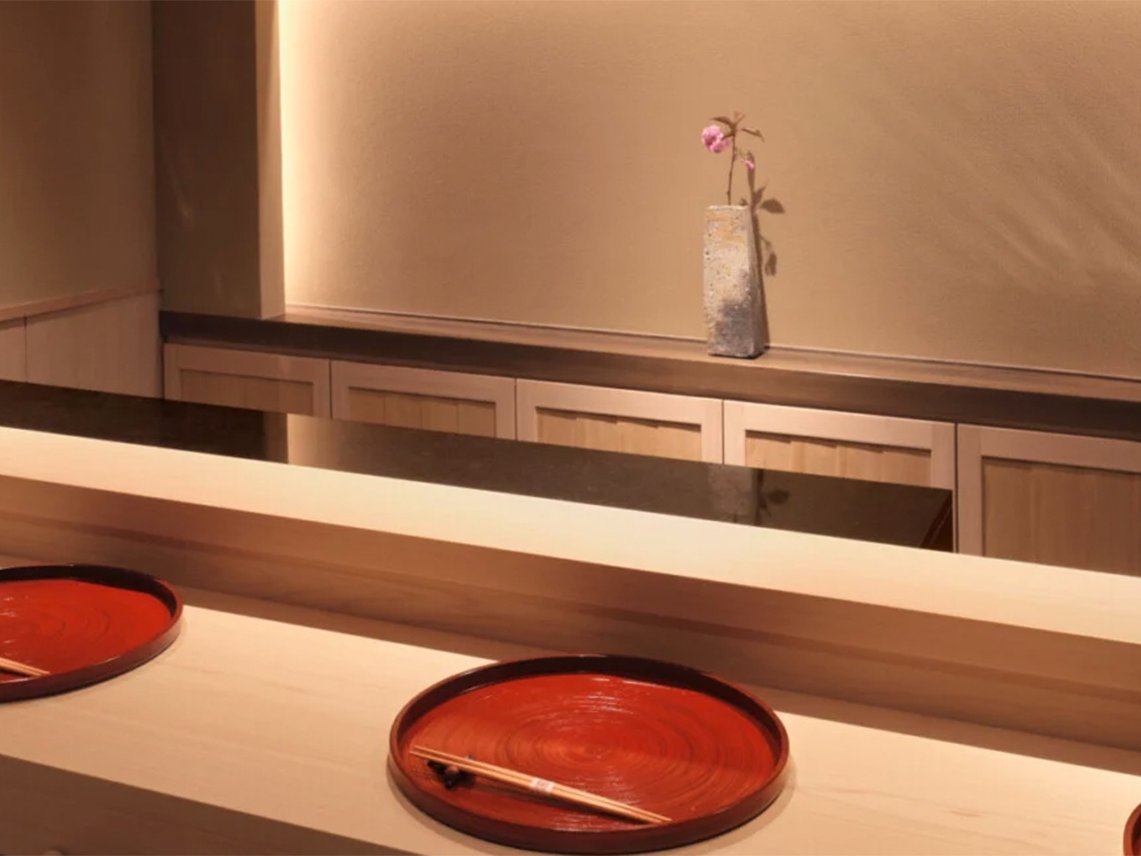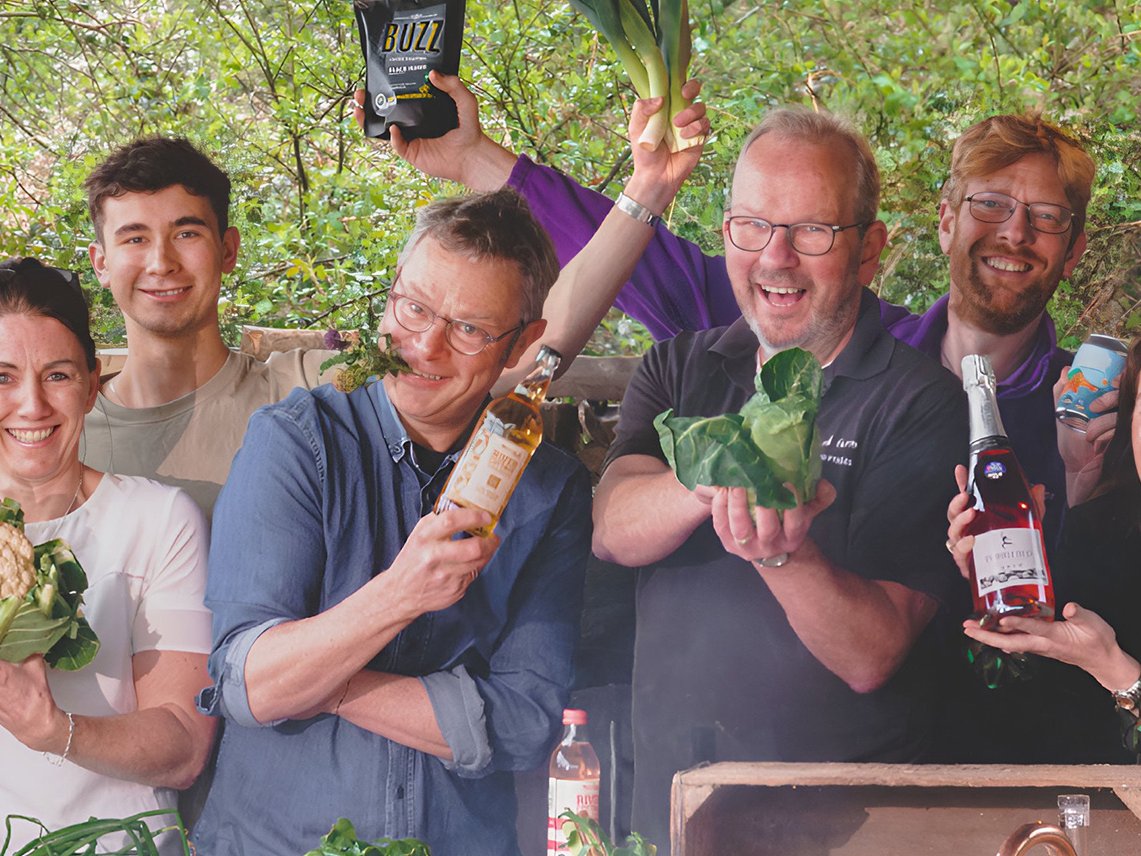From trattoria to izakaya: why the "pub" concept works all over the world
Where do the French celebrate the good life? Where does the Italian get together with the family? Where does the Japanese go to start the working day? In a cosy place with a hundred names. We introduce you to seven typical local restaurants.
We know and love the tavern, the inn, the pub. These terms cannot be transferred one-to-one to other countries, as each country's gastronomy has its own tradition. But there are cross-cultural similarities: we are talking about places for everyone, not elite establishments. The dishes are down-to-earth, and alcoholic drinks are often served. This is where the soul of the people is revealed. People talk off the cuff, sometimes crudely. They discuss the latest rumours and rant about politics. And they celebrate life, the big successes and small triumphs. Whether in Greece, Mexico or Japan, what we call a pub offers more than just a hot meal and a good drink. It's all about socialising, exchanging ideas and palaver. And a little comfort when you need it.
France's bistro - conviviality and good food for any time of day

French bistro cuisine has changed international gastronomy, mingled with other culinary worlds and won plenty of stars. She has stepped off the sidewalk and into top restaurants. But the essence of the bistro is simple: French classics, croissants and croques, quiche and onion soup, pot au feu and tartare de bœuf are served in a relaxed atmosphere. Compared to the brasserie, which has its origins in beer taverns, the selection of dishes tends to be manageable. Guests are welcome at any time of day, as if in a public living room, and enjoy the pleasant privilege of "feeling at home and at the same time away from home, being welcomed and ignored", as the ethnologist Marc Augé puts it in his declaration of love for the Parisian bistro.
The bistro is a "stage for everyday drama" that people perform, with the host as the master. You listen to stories that inspire your own imagination. Above all, however, the bistro is a place that stands for the French art of living like no other. Despite all the impositions of everyday life, you should never lose your sense of pleasure, style and aesthetics - with a glass of Chablis or Champagne.
Italy's trattoria and osteria - The cradle of hospitality
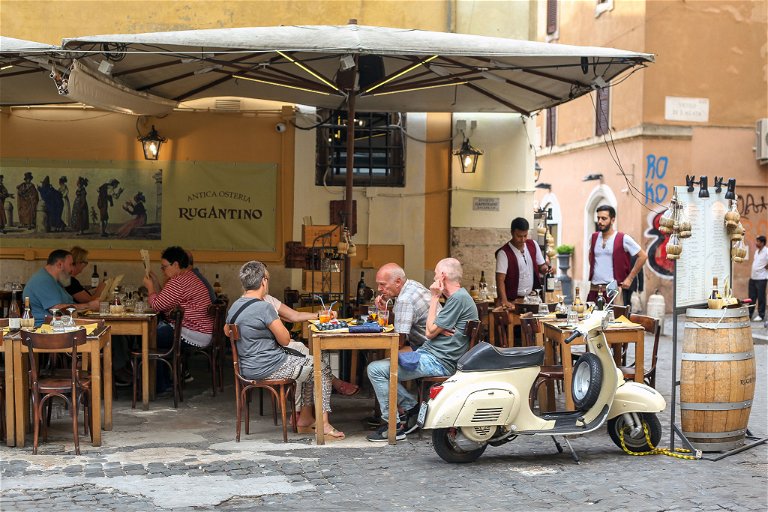
Rustic wooden tables, red and white checkered tablecloths, family photos on the wall and warm hosts who wish you "buona sera": this is how we imagine a typical Italian restaurant. In Italy, we know the trattoria and osteria, which stand out from the ristorante with their rustic charm and low prices. The recipe for success is simple: "For me, a family atmosphere and simple dishes are what make a trattoria," says Franca Cuneo from the trattoria "Cuneo 1905" in Hamburg, one of the most oldest of its kind in Germany. What counts is the togetherness. "It's a meeting place where you can eat, but you don't have to." In a trattoria, you usually get several courses: Appetizer, Pasta, Secondi piatti, Dessert. The osteria tends to serve individual dishes, but the wine is equally important. However, the terms are often not clearly distinguishable from one another. And they have long since been taken up by top-class cuisine, such as the gourmet temple "Osteria Francescana" in Modena. There is, of course, one piece of advice: if you really want a pizza, you should go to a pizzeria.
Japan's Izakaya - Really unwind with sake and sinfully delicious soul food

The izakaya is a place where Japanese people meet up with colleagues after work to enjoy a convivial meal and end the day with beer and sake. This promotes cohesion, especially when there is plenty of alcohol flowing. Nomikai is the name given to such cheerful gatherings. However, it is not necessary to be accompanied when visiting an izakaya. "There's often a single seat at the counter where you can have fun on your own," says Haruhiko Saeki, founder of Brickny Europe, which runs several Japanese restaurants in Düsseldorf. Start with a light sashimi or classic starters such as yakitori and tempura, followed by a rice or noodle dish such as ramen. The Japanese restaurant fits in perfectly with a society in which most people subordinate everything else to their job. "Japanese people tend to work long hours, and the izakaya is an essential institution for recovering from exhaustion and recharging your batteries for the day ahead," explains Saeki. At least as long as you don't overdo it with the binge.
Poland's Milk Bar - The socialist snack bar
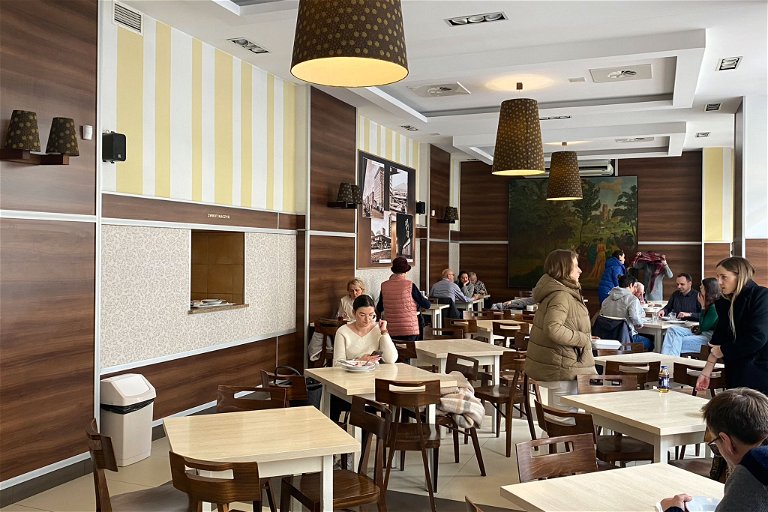
The traditional country inn in Poland is the "Karczma". But the truly iconic place of Polish food culture is the milk bar, "Bar Mleczny". The menu is displayed on the wall above the till, you order and take your note to the next window, where simple Polish home cooking is served, such as beet soup (barszcz), stews, cabbage rolls, dumplings (pierogi) and sweet milk soup with noodles for breakfast. The first milk bar in Poland was opened in Warsaw in 1896. Its owner owned cows and had to get the quickly perishable milk to the people, so he sold long-life dairy products. The concept was convincing and others followed suit. The milk bar became the people's canteen and moved into schools and factories. For Warsaw expert Antoni Wladyka it is the most democratic place in Poland. "The whole nation came together here," he says. "It looked like grandma's kitchen." The communists then acted as if the milk bar was a socialist invention, because it fitted in with their ideology: everyone is equal. But above all equally poor.
With the collapse of the Eastern Bloc at the latest, the canteen for the masses plunged into crisis. Fast food restaurants like McDonald's sprang up all over Poland. Nowadays, the milk bar is considered is a popular cultural asset and is experiencing a renaissance. However, you sometimes have to search a long time for an authentic Bar Mleczny. Often only the name has survived.
Greece's taverna - countless glasses of ouzo and tons of tzatziki
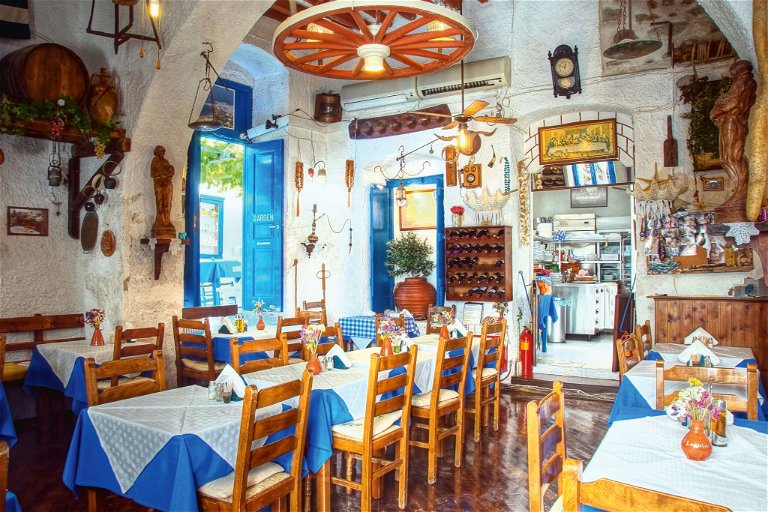
It is the same spectacle every time. The first ouzo goes down like oil. The second also feels quite digestible. One more on the house. The third schnapps at the latest awakens a certain shyness in the first guest at the table, but there seems to be no end in sight. The waiter's eyes radiate a joie de vivre that you don't want to ignore, even if it means a hangover. In the taverna, eating and drinking simply belong together. Hardly any other place feels so Greek, so hospitable and warm-hearted. Spanakopita and saganaki, dolmades and fasolada, souvlaki and octopus are served. The specialities are of course shared. So we sit together and chat until late into the night. A stop at a taverna is as much a part of a Greek vacation as the Acropolis is to Athens. But it's hard to imagine many German cities without these quaint family-run businesses, whose names are often reminiscent of the places of longing in Hellas. In bleak winters, you can close your eyes and dream of the Mediterranean, on a terrace in front of a whitewashed house with a view of the azure Aegean.
America's Diner - refueling for all

In the USA, the everyday life of many people takes place in suburbia. The American doesn't like to walk, but prefers to drive, even the shortest distances. Being "on the road" is part of his self-image, so to speak. Therefore the Diner - a roadside fast-food restaurant - is Symbol of the American way of life. It is part of the country's cultural inventory. Singer-songwriter Martin Sexton sang about it: "Diner my shiny shiny love, in the night you're all I'm thinking of." In the cult series "Twin Peaks", many scenes take place in the "Double R Diner". Movie teenagers sip their Milkshakes.
The first diners, which emerged in the 19th century, were mobile food carts for workers. Over time, they became sedentary, with bar stools and seating areas under a steel shell, restaurants for the whole family. Coffee and cake, burgers and sandwiches are available around the clock. And an encouraging word from the waitress. Diner exudes a strange melancholy, as captured by Edward Hopper in his world-famous painting "Nighthawks". They are also retreats for the lonely and battered who need a break from the hardships of fate when their faith in America's promise of advancement has left them.
Mexico's cantina - probably the best place to get drunk
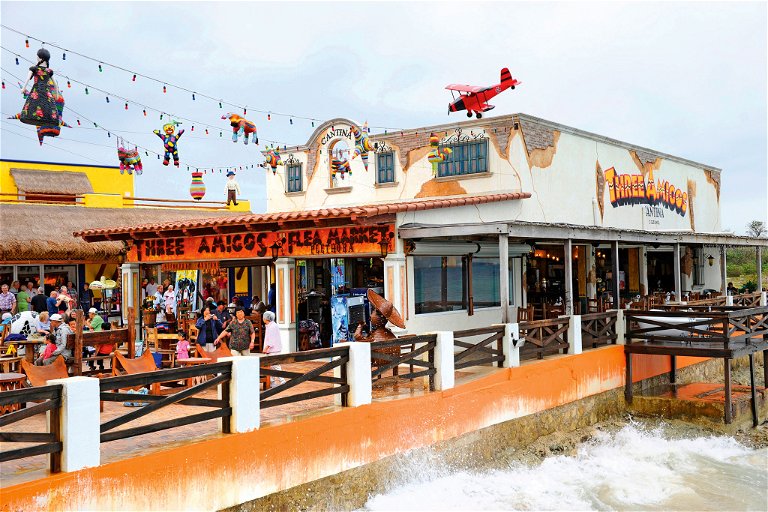
It's more of a bar than a pub, but it's not a generic bar like the chic and polished ones you find in all major cities: the Cantina. You get beer and tequila, plus botanas, appetizers. The resemblance to a saloon, as seen in western films, is no coincidence. Business-minded Mexicans opened the first cantinas for thirsty US soldiers. That was around 1847, when the United States waged war against Mexico and occupied the capital. At the time, nobody could have imagined that this would become a cultural legacy. For decades, the cantina remained a man's world for semi-seedy characters and drinkers. You can still meet them today, but women are now also allowed in. A legendary cantina in Mexico City is the "Salón Tenampa" on Plaza Garibaldi, the place of the mariachi singers in the historic centre. A myth that lives on fame and history.
Don't miss out!
Sign up now for our newsletter.

